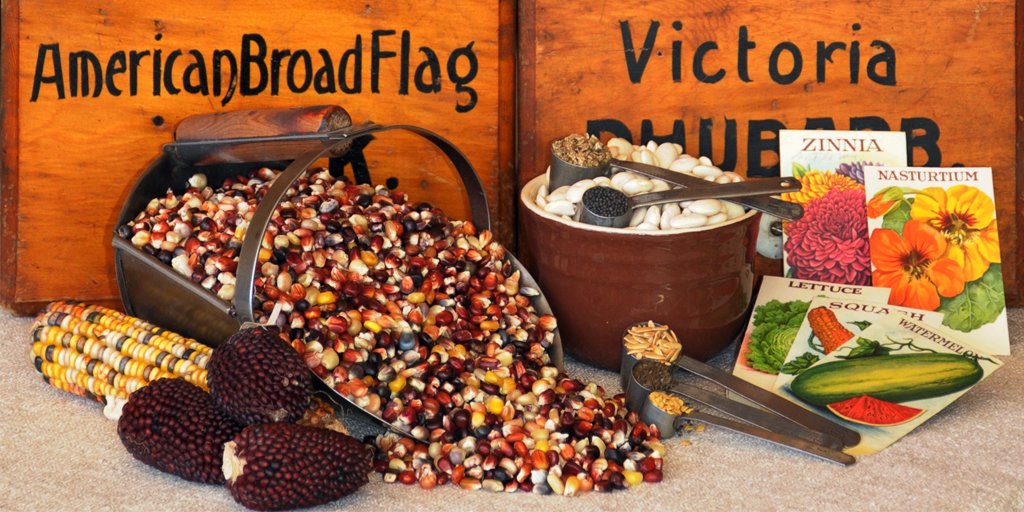
How many seeds are in your packet?
In 1900, farm families were large, requiring huge kitchen gardens. Seed packets were sized to grow enough food for the year. While many companies have downsized their seed packets, Burrell Seed Growers, LLC still packs the same amount of seed that they did 125 years ago. In most cases, at least double what you get elsewhere.

Since we occasionally get asked, our seed is typically offered untreated. The only exceptions are those seeds which were could not be obtained untreated.
We do not carry GMO seed at this time, and what hybrid varieties we carry are labelled accordingly.
Seed production is recovering after a few years of shortages, but there are still a few items that we are short of. If your order includes an item which is backordered, we will try to contact you. I will ship with a comment card saying what items are on backorder.






